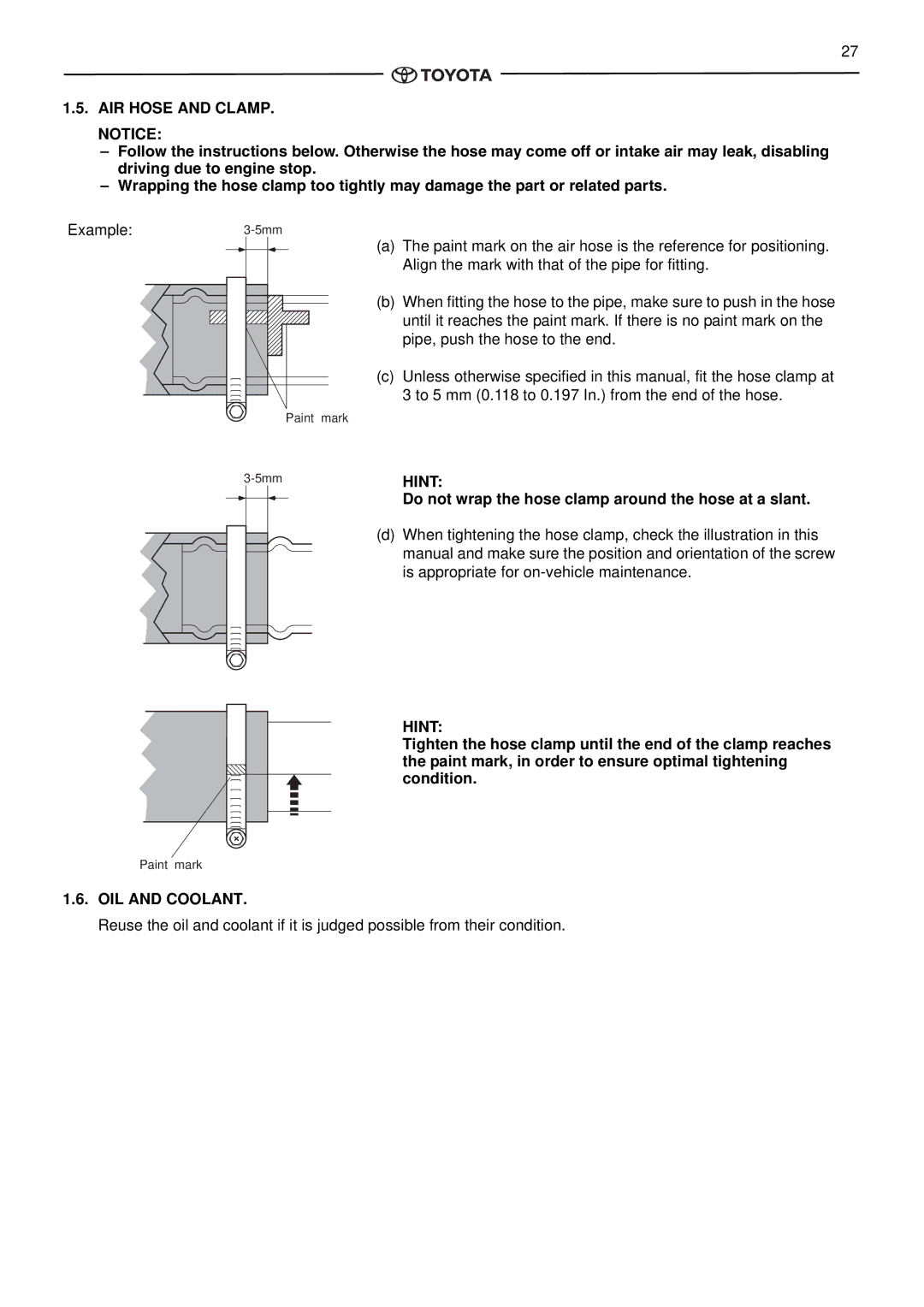pmn specifications
The Toyota PMN, or Personal Mobility Network, represents a significant leap forward in the evolution of personal transportation. Designed to meet the demands of urban mobility, it is a multi-dimensional approach that seeks to integrate technology, sustainability, and user-friendly interface into everyday life.One of the standout features of the Toyota PMN is its electric drive system, which relies on a high-efficiency electric motor paired with advanced battery technology. This setup allows for quick acceleration and seamless performance, making it ideal for navigating through city traffic. The regenerative braking system further enhances efficiency by capturing energy during braking, thus extending the range of the vehicle.
Safety is another paramount focus for the PMN. Equipped with advanced sensor systems, the vehicle features Toyota’s Safety Sense technologies, which includes pre-collision systems, lane departure alerts, and adaptive cruise control. These features work in tandem to create a safer driving environment, whether the vehicle is on the road or autonomously navigating through crowded city environments.
Another defining characteristic of the Toyota PMN is its commitment to sustainability. Constructed with Eco-friendly materials, the PMN aims to reduce its environmental footprint. In addition to electric power, the vehicle can integrate renewable energy sources, such as solar panels, which can be used to charge the vehicle while on the go.
Connectivity is at the core of the PMN experience. The vehicle is outfitted with a comprehensive infotainment system that seamlessly connects to smartphones and other devices. Users can enjoy real-time navigation support, traffic updates, and even entertainment options, all presented through an intuitive user interface. Moreover, vehicle-to-everything (V2X) technology enables the PMN to communicate not just with other vehicles but also with smart city infrastructure to enhance traffic management.
The design of the Toyota PMN emphasizes compactness and maneuverability, which is essential for urban environments. Its lightweight chassis and turning radius allow for easy navigation of tight spaces, making parking effortless.
Overall, the Toyota PMN is not just a vehicle; it embodies Toyota's vision for the future of urban mobility. Integrating cutting-edge technology with emphasis on safety, efficiency, and sustainability, the PMN is poised to revolutionize how individuals experience movement in rapidly evolving cities.

